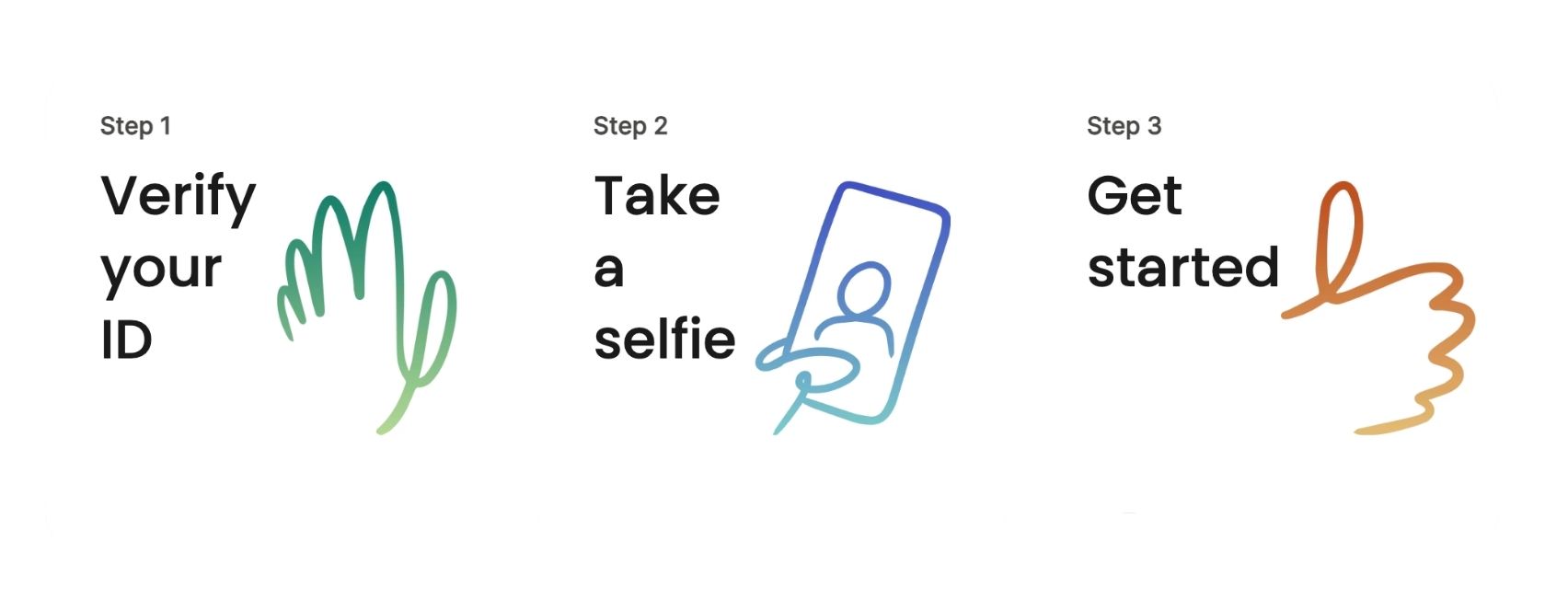Gastric sleeve surgery -also known as sleeve gastrectomy- is a type of bariatric (weight loss) surgery. Gastric sleeve surgery involves reducing the size of your stomach so you feel full after eating only a small amount of food. While this operation is an effective means of losing weight, it's not a permanent solution. Patients must be willing and able to commit to lifelong healthy eating and exercise habits to sustain weight loss and avoid complications.
.png)
Gastric sleeve surgery is an inpatient procedure performed by a bariatric surgeon in a hospital or surgical center under general anesthesia. This scheduled, one- to two-hour surgery may be performed in adults as well as adolescents.
With gastric sleeve surgery, the surgeon removes about 80% of the stomach in order to create a smaller stomach. The new stomach is tubular in shape and about the size of a banana.With this reduction, patients feel full for several hours after eating just a little amount of foodus, reducing their overall intake.
Besides making a smaller stomach, gastric sleeve surgery removes the stomach cells that normally produce the hunger hormone ghrelin. This decrease in hormone production means patients often experience a decrease in appetite, which can further contribute to weight loss.
The gastric sleeve procedure is usually done laparoscopically, using minimally invasive techniques. Less commonly, the surgery is open, which means that the surgeon makes a large incision in the patient's abdomen to access the stomach.
When compared to gastric bypass surgery, another popular weight loss procedure, gastric sleeve surgery is associated with lower risks and is technically easier to perform.Gastric sleeve surgery is also not considered as extreme by patients, as it is only a restrictive procedure and does not involve reducing nutrient absorption in the small intestines.
The indications for undergoing weight loss surgery, including gastric sleeve surgery, are:
An exception to the above criteria is that Asian patients who have poorly controlled type 2 diabetes and a BMI as low as 27.5 may be considered for surgery.
This exception exists because, when compared to whites, Asians are more likely to store fat in their abdomen, as opposed to peripherally (e.g, in their buttocks, hips, and thighs). With this abdominal fat accumulation, they have an increased risk of insulin resistance and cardiovascular disease, even at relatively low BMIs.
Absolute contraindications to undergoing gastric sleeve surgery include:
Relative contraindications to undergoing gastric sleeve surgery include Barrett's esophagus, gastroesophageal reflux disease (GERD), and a large hiatal hernia.
While gastric sleeve surgery is less risky than other bariatric surgeries, there are potential side effects and complications that can happen in the days or even years after the procedure.
In addition to the known risks of anesthesia and the general risks of surgery, gastric sleeve surgery is associated with these specific risks:
The purpose of gastric sleeve surgery is weight loss, as well as reversing or improving health conditions that may be associated with obesity.
Examples of obesity-related conditions include:
If you meet the criteria for gastric sleeve surgery, you will need to undergo several tests and assessments to be fully cleared for the procedure.
These tests include:
Lastly, a gastroenterology consultation may be required to evaluate for conditions that may ultimately delay or be a contraindication to surgery (e.g., hiatal hernia, ulcer, or mass).
Once your surgery is scheduled, your surgeon will give you instructions to help you prepare.
These instructions may include:
On the day of your gastric sleeve surgery, you can expect the following steps:
Once you wake up in the recovery room, it's normal to feel groggy and experience some nausea, vomiting, and pain. Rest assured that a nurse can give you pain and anti-nausea medications to help ease your symptoms.
Usually, you will be moved from the recovery room to a hospital room after a few hours. You can expect to stay for one to two nights.
You will be closely monitored for complications like bleeding and infection. You will also be encouraged to start walking as soon as possible to avoid developing blood clots in your legs.
Once you are tolerating a clear liquid diet well (which usually begins the morning after surgery) and you have no signs of complications, you will likely be discharged home and given various instructions to follow.
Some of these instructions may include:
Introducing Eva.
Receive a complete Readiness Report in 24 hours — Built with best surgeons and anesthesiologists. Powered by AI.
Send the report to your surgeon.

About 38% of adult patients suffer an adverse event during or following their surgery, researchers reported Wednesday in the BMJ.
Nearly half of these complications result in serious, life-threatening or fatal harm, results showed.
60% of the complications were potentially preventable and 21% were definitely or probably preventable, researchers report.
Our mission is to provide safe & affordable surgical care
for every patient using AI technology and telehealth.

Surgery should be centered around you.
Your health, in your hands.
With Eva Me, it is. Licensed clinicians review your health record to provide personalized recommendations for surgery and anesthesia. It’s time for care that’s true to you.
Securely access Eva Me with a photo of your ID and a selfie.

Health records in multiple portals? That’s a thing of the past. Eva Me gathers your records in one place so licensed providers can give you personalized recommendations about your health.

Receive a summary on your phone — including surgical history, medications, labs, and risk factors — ready to send to be sent to your surgeon.

Trusted by the best health systems in the world
Includes — Anesthesia Self-Test, consented record pull via HIE and patient portals, Eva Readiness Report in 24 hours, personalized checklist, action plan, question guide, secure PDF and share link, online support
Information